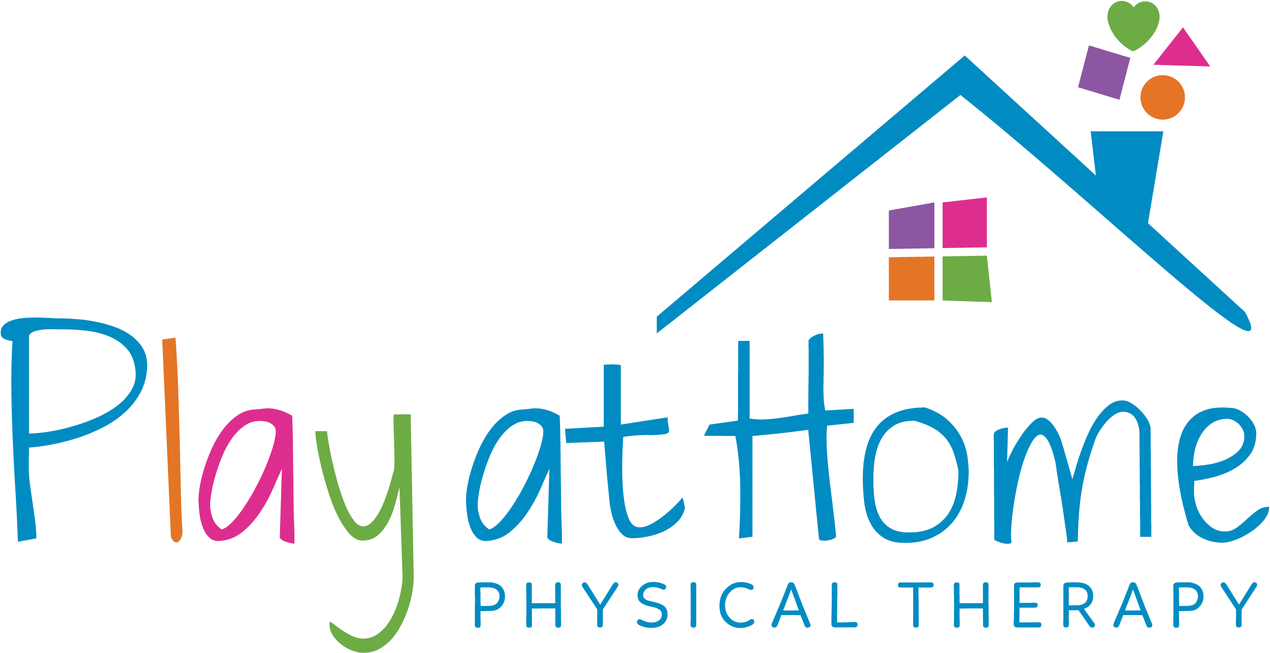Cerebral Palsy
Physical Therapy for Cerebral Palsy
Cerebral Palsy, also known as "CP," is a broad term used to describe a group of disorders affecting typical development of movement and posture. CP is caused by injury to the brain that occurs before, during, or up to two years after birth. These injuries can include infection, stroke, trauma, or the loss of oxygen. Damage to the brain does not get worse after the initial injury. However, it can appear that the injury is worsening as some functional activities become more challenging to perform as the person grows.
There are many different types of cerebral palsy. The types of CP are named by the body parts affected, the way the muscles are affected, and the way balance is affected. Some signs of CP in young infants and children are:
Pediatric Physical Therapists can help children with CP throughout their lifespan at different stages. PTs work on improving your child's functional strength, flexibility, and overall gross motor function through individualized treatment programs that are focused on play. Finally, if necessary, PTs can also recommend helpful braces or equipment to support your child's functional needs as they grow.
There are many different types of cerebral palsy. The types of CP are named by the body parts affected, the way the muscles are affected, and the way balance is affected. Some signs of CP in young infants and children are:
- Difficulty holding the head up
- Delayed motor milestones
- Stiff or tight muscles/ loose or floppy muscles
- Stiff joints that are hard to move (many parents may notice this during diaper changes, or in their baby's arms when they are playing "so big!")
- Decreased balance or coordination
Pediatric Physical Therapists can help children with CP throughout their lifespan at different stages. PTs work on improving your child's functional strength, flexibility, and overall gross motor function through individualized treatment programs that are focused on play. Finally, if necessary, PTs can also recommend helpful braces or equipment to support your child's functional needs as they grow.
